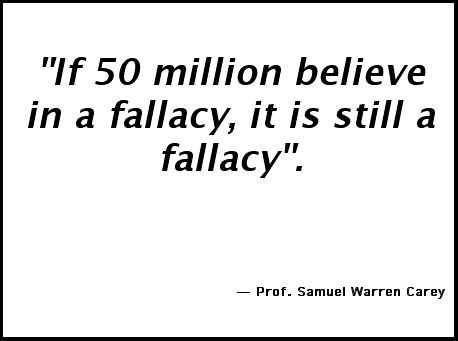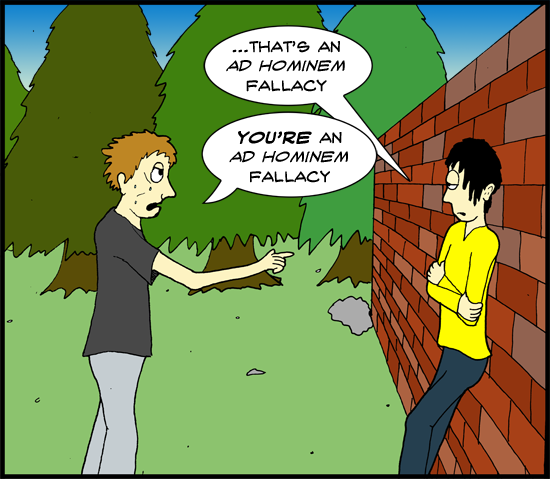Aztec Tat:
danibarn:
I like this summary; it’s concise and brings out the major
points. The formatting of the post is also quite interesting. I really like how
you point out an important aspect of the chapter and in the following sentence you
apply your own thoughts. It is a very direct way of planning and organizing
your opinions, compared to my methods of introducing the whole chapter summary
in several paragraphs and then all my thoughts of the chapter in the last
paragraph. For engineers, I agree that evidence is mostly direct experiments
and calculations, as demonstrated with all the labs and calculations we are
expected to do for physics and chemistry. I see engineers falling under the
category of scientists, and for that our thought processes fall entirely in a
different area than, let’s say, churches and poets. Engineers demand proof from
statistics, experiments, and logical reasoning through quotes from mathematicians,
chemists, and the like. Science doesn’t like personal stories even though there
are researchers in the world who quote from others. It’s more or less a game of
telephone without all the misinterpretations; however it is a pretty intricate
game where each person would have to find a back-up or several data calculations
to prove that what that individual says is exactly the same as what the person
before said, if you know what I mean? In other words, it is quite difficult to
find support or evidence through anecdotes and personal thoughts when it comes
to scientific claims which are immune to pathos and ethos.
danibarn:
It is very true that evidence basically makes up certain arguments.
For example, people will most likely not believe me if I make a claim that “we
will all die from skin cancer because I said so.” The reason why I put certain arguments rather than any
argument is that think back to when people believed in things the nobility
would say such as “the Earth is flat” or the geocentric theory, the thought
that the Earth was the center of the universe. There was not much evidence to
prove the Earth was actually flat or that the Earth was really the center of
the universe, however people believed it anyways because they could not prove
it themselves until Galileo Galilei used his telescope and saw Venus’s phases. There
will be people who will believe you if you bring up something hypothetical that
they have never heard or thought of. However, they will need evidence if there
is an argument against that thought. In other words, it will most likely take
more effort to turn people around in the opposite direction from where they are
heading to. I find your analogy to WWII an excellent point to bring up about
evidence. Remember the Salem




